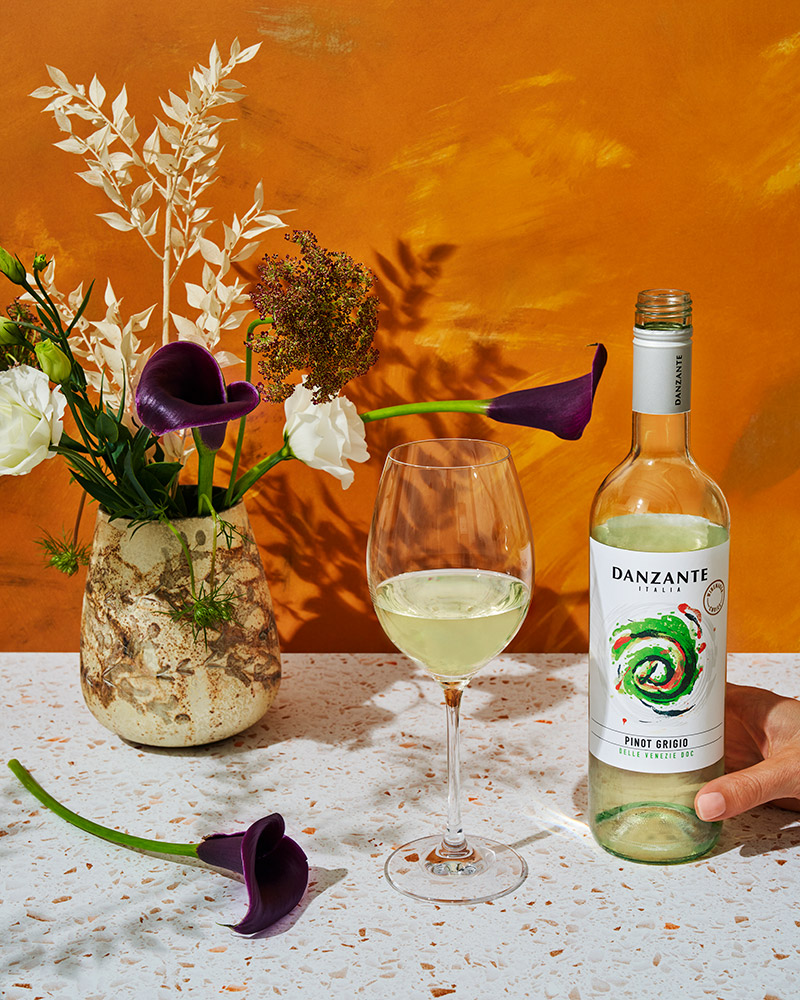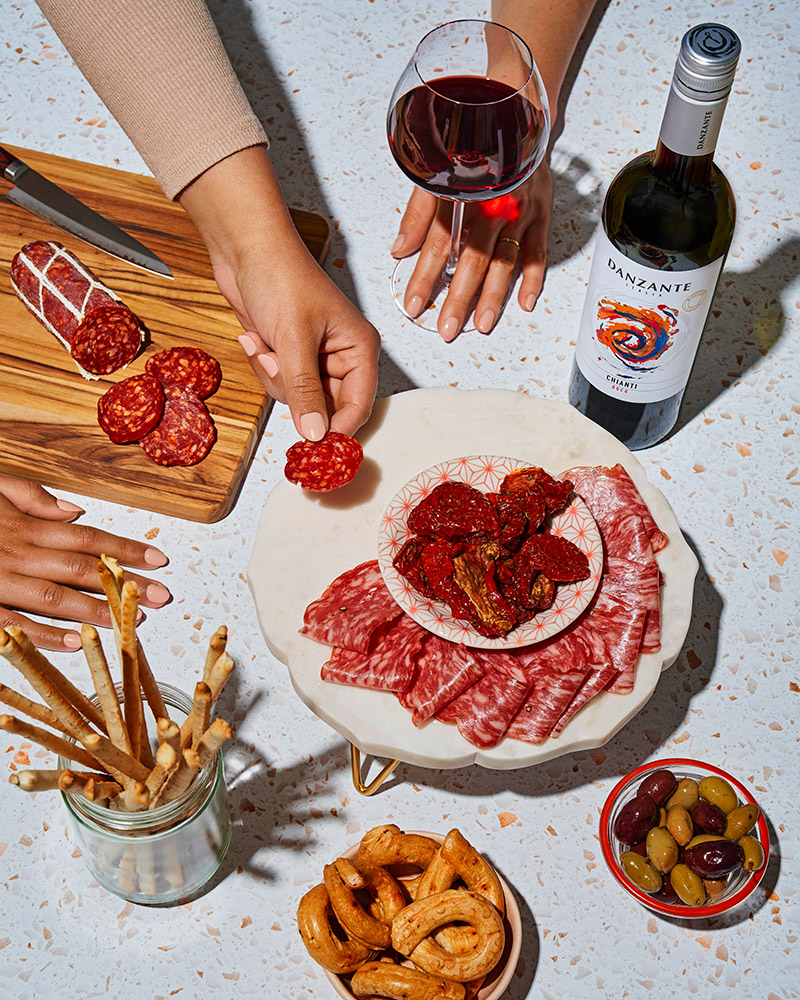Beyond simply tasting, wine appreciation is an immersive journey. Each sip holds a unique story of vibrant colors, evocative aromas, and exciting flavors, turning the act of tasting into an art to be experienced and shared.
Wine tasting: Involve All Your Senses
Tasting wine is a marvelous journey that engages all the senses. It is an experience that demands considerable technical expertise to fully appreciate every subtle nuance.

Wine tasting terminology: discover the art of wine tasting
Key wine tasting terms include body, legs, and finish. Body refers to the weight or fullness of the wine, with fuller-bodied wines feeling more robust and lighter ones being crisper. Legs are the droplets formed inside the glass after swirling, indicating the wine’s viscosity and alcohol content. Finish describes the lingering taste after swallowing; a long finish suggests complexity, while a short finish is typically cleaner and lighter. Understanding these terms enhances the wine tasting experience.
The 5 S of Tasting Wine
Wine tasting is an experience that involves five key steps: See, Swirl, Sniff, Sip, and Savor. Each step reveals different aspects of the wine, working together to uncover its true character. From visual cues to the lingering finish, these five steps help you appreciate a wine’s complexity and balance.
See
“See” the wine first. The color and clarity offer clues about its age, variety, and quality. Lighter wines suggest freshness, while deeper hues indicate complexity and age.
Swirl
Next, “Swirl” the wine. This increases contact with air, releasing aromas. It also shows the “legs” or droplets on the glass, which indicate the wine’s body and alcohol level.
Sniff
“Sniff” to detect aromas. The nose reveals much of a wine’s character, with scents ranging from fruity and floral to spicy or earthy. The aromas can evolve, offering deeper insight as you inhale.
Sip
“Sip” the wine to experience its flavors. Taste the balance between sweetness, acidity, bitterness, and texture. The way these elements interact helps define the wine’s quality.
Savor
Finally, “Savor” the wine’s finish. The lingering aftertaste reveals the wine’s quality and complexity. A long, smooth finish often indicates a well-crafted wine.
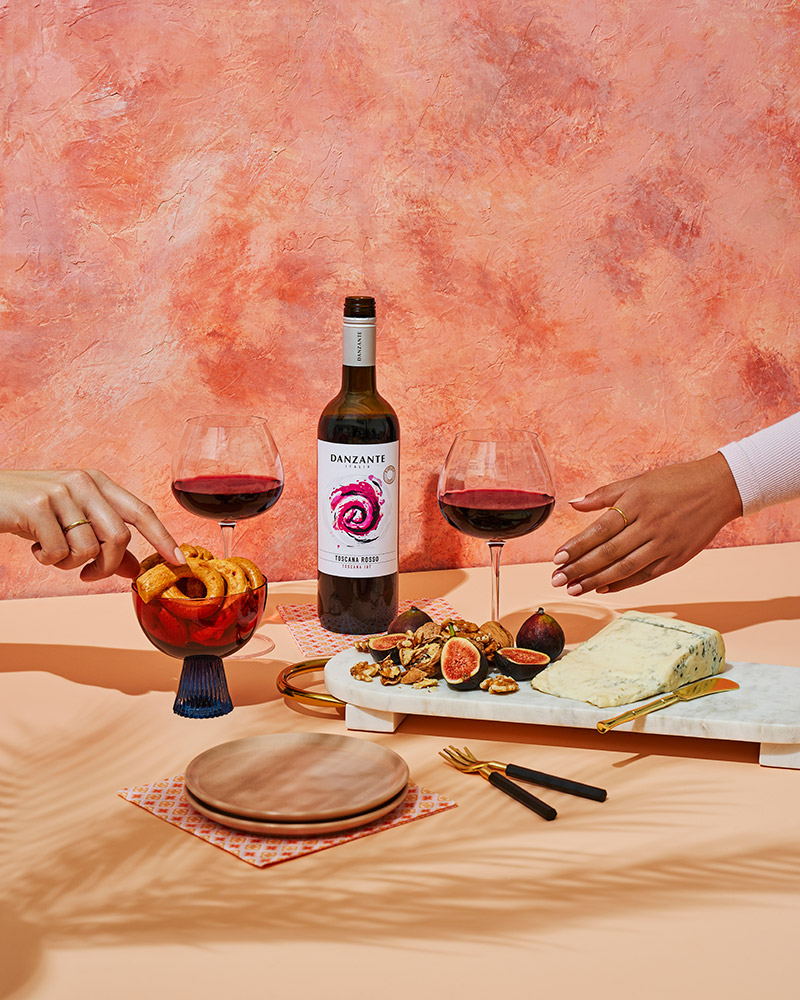
Learn to taste wine like an expert
Anyone can become a wine-tasting expert at home. Start by observing the wine’s color, then sniff to identify its aromas. Sip and focus on the balance of acidity, sweetness, and tannins. Finally, savor the finish. With practice, you’ll gain a deeper appreciation for every wine you taste.
Host a wine tasting at home
Choose a variety of wines and use the right glassware—larger glasses for reds and smaller ones for whites. Serve at the correct temperature and include palate cleansers. Tasting in a group adds fun, as different people bring unique perspectives on taste and aroma. Enjoy!
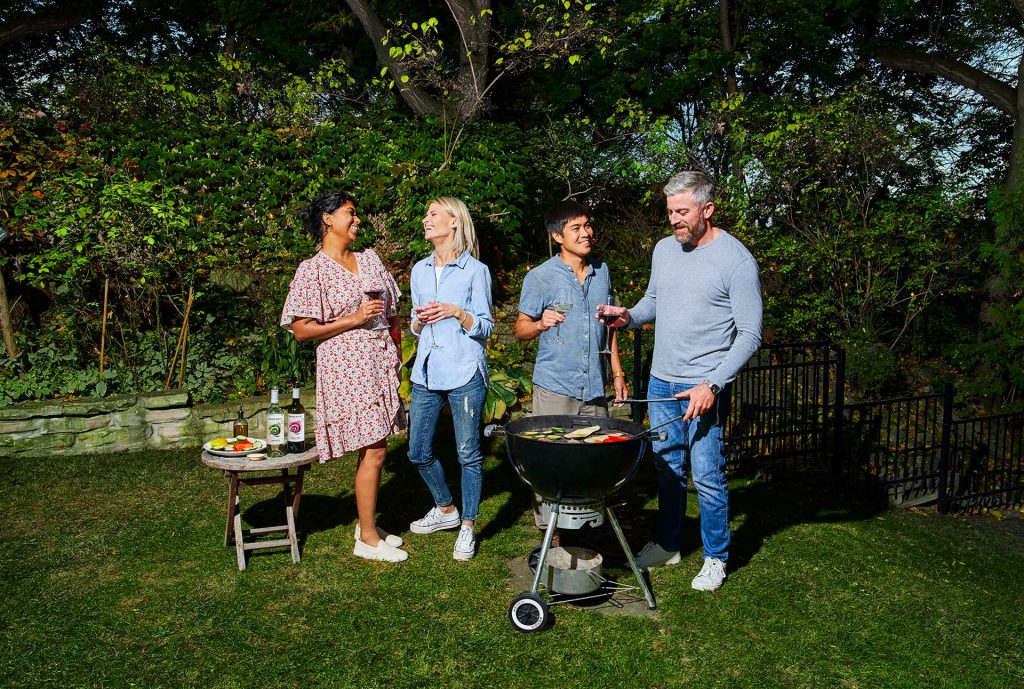
Wine and food pairings: the alchemy of the couple
Food and wine pairing is based on two main criteria: complementary pairing and contrast. Complementary pairing focuses on sweetness and intensity: a structured dish requires a full-bodied wine, while a delicate dish prefers a lighter wine. Contrast, on the other hand, balances the characteristics of the food: soft dishes require fresh and acidic wines, succulent or spicy dishes pair well with smooth and structured wines, while fatty or savory foods find balance with fresh or aged wines, depending on their complexity.
The best red Wine and food pairings
Whether pairing by complementary pairing or contrast, the flavors should complement each other well. While all of our Danzante wines pair delightfully with food, we have listed some that work best with certain food recipes. The tannins in our Danzante Chianti pair excellently with red meats or game, while Danzante Toscana Rosso complements flavorful dishes like a rich parmigiana or, why not, aged cheeses.
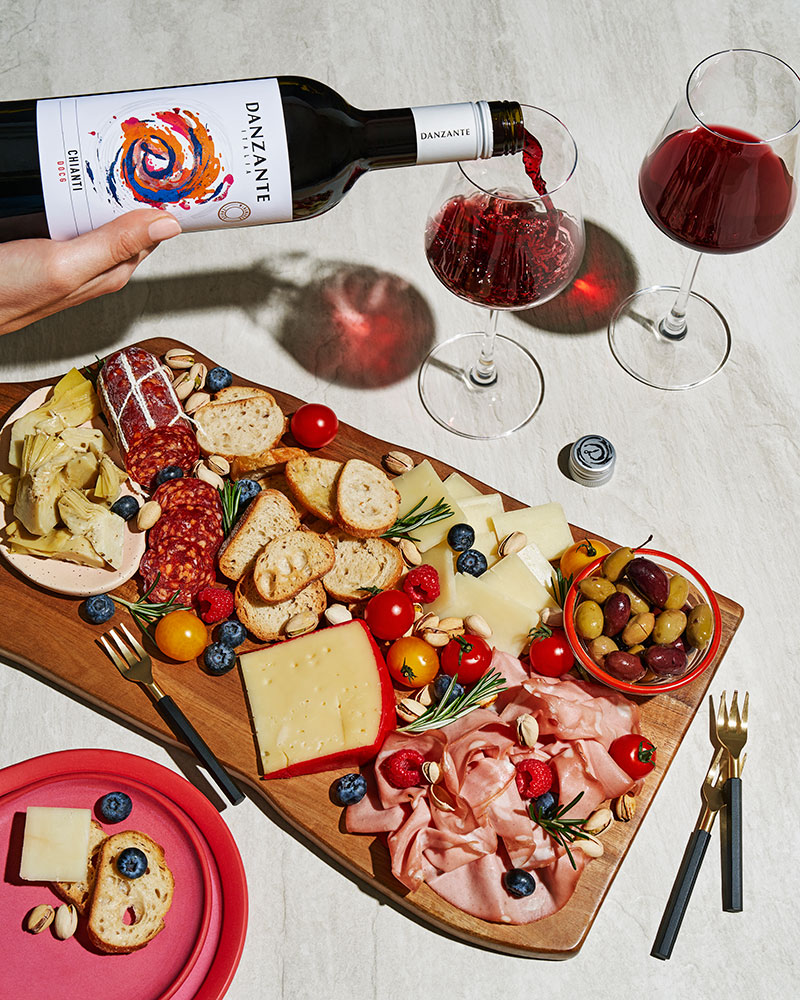
White wine and food pairings: all you need to know
Young white wines like the Danzante Pinot Grigio are best paired with seafood, white meats, pasta dishes with vegetable sauces, or vegetables themselves, made more flavorful when dressed with extra virgin olive oil, for example.
Prosecco pairings: the art of the Italian Aperitivo
Like all of our wine cocktails, our Danzante Prosecco DOC pairs beautifully with canapés or appetizers for a simple apéritif (small cubes of fresh pecorino cheese, salmon tartines, fried vegetables), as well as more structured dishes like risottos, including a prosecco and lemon risotto.
